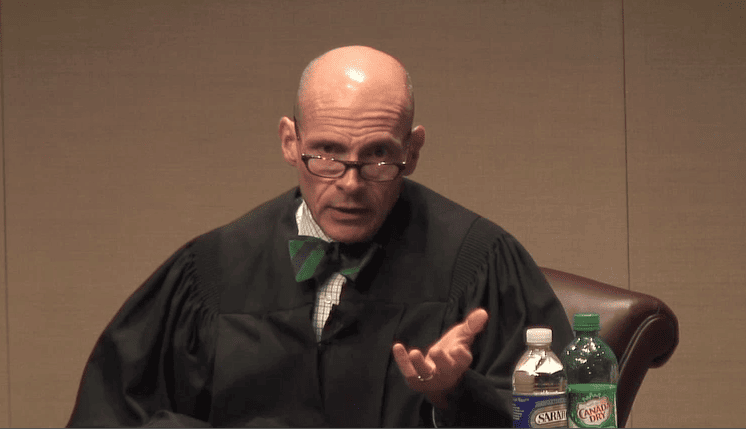
Recently, Federal District Court Judge Paul Grimm and two of his law clerks published an excellent and comprehensive legal article: “Authentication of Social Media Evidence,” American Journal of Trial Advocacy, 36 Am. J. Trial Advoc. 433 (2013). Judge Grimm is widely seen as the one of the most influential judges concerning electronic discovery issues. He is known for several ground breaking decisions in the field including Lorraine v. Markel (2007), and Victor Stanley, Inc. v. Creative Pipe Inc. (2008). Earlier this week, The American Lawyer profiled him as one of the top 5 judges at the forefront of eDiscovery.
Given his prominence and celebrity status in the eDiscovery community, Judge Grimm’s thorough analysis and guidance on social media evidentiary authentication is an important development for social media evidence discovery. Judge Grimm succinctly summarizes his article as follows:
“Given the ubiquitous use of digital devices to communicate on social media sites, there is little chance that such evidence will cease to be highly relevant in either criminal or civil cases…Hopefully, this Article can shed some light on the nature of the confusion and offer useful suggestions on how to approach the authentication of social media evidence. It is a near certainty that the public appetite for use of social media sites is unlikely to abate, and it is essential for courts and lawyers to do a better job in offering and admitting this evidence. We hope that reading this Article will be their first step toward this goal.”
More than just a first step as a resource for courts and lawyers, I would expect judges to consider this material solid persuasive authority in deciding cases involving social media and other Internet evidence. The 29-page article is available to subscribers to LexisNexis and Westlaw, but non-subscribers can purchase the article here for $15.
Highlights of Judge Grimm’s piece include a “checklist for authentication” and a thorough discussion of the perils of relying on mere screen printouts of social media and other Internet evidence, documenting the many cases where such printouts were disallowed or otherwise subject to serious challenges by the courts. Additionally, Judge Grimm highlights Federal Rule of Evidence 901(b)(4), (authenticating evidence through internal patterns and other “distinctive characteristics”) noting that it is “one of the most successful methods used to authenticate all evidence, including social media evidence.” Judge Grimm advises the collection of “all of the circumstances and characteristics that apply to the social media exhibit that add up to a showing that, more likely than not, it was authored by the person that you contend authored it.”
We published a whitepaper on this important topic (download it here) of authenticating social media evidence, with an emphasis on Rule 901(b)(4). The bottom line is that absent uncontroverted and cooperative witness testimony, lawyers must turn to circumstantial evidence to help establish an evidentiary foundation for social media evidence. Metadata is particularly important as a “distinctive characteristic” under Rule 901(b)(4), as social media items contain a wealth of key metadata that represent or can establish “internal patterns or other distinctive characteristics” of the social media items in question.
This is where utilizing best practices technology that 1) establishes an effective chain of custody of the collected social media; and 2) captures all available metadata without alteration is essential.
In addition to Judge Grimm’s excellent piece, the New York Law Journal, a publication of the NY State Bar, published a very useful practice guide article earlier this year: “Made for Each Other: Social Media and Litigation.” 85-FEB N.Y. St. B.J. 10 (Feb 2013). Here is a key quote: “For the litigator, social media provides a wealth of information– available at one’s fingertips that just a few years ago required hiring a personal investigator to obtain.” The article includes mentions of X1 Discovery at footnotes 38, 40 and 53. A full copy of this article is available on the New York State Bar website here.
